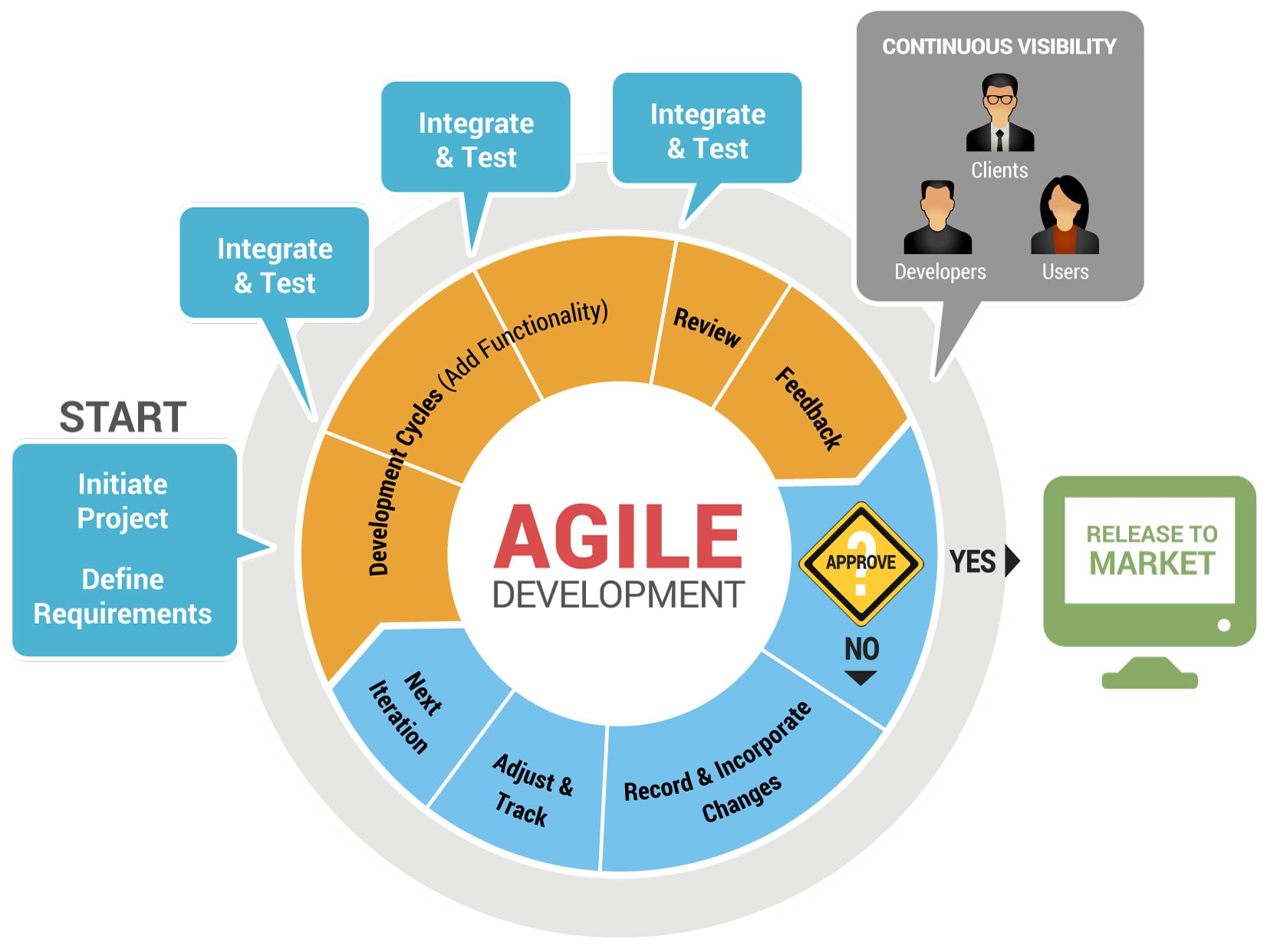Agile software creation is a set of approaches focusing on iterative deployment, in which demands and solutions change via cooperation among self-organizing cross-functional groups. Agile development’s greatest benefit is because it helps teams to provide products faster, with higher accuracy and consistency, and more capacity to adjust to change.
But what exactly is Agile? Is this a collection of guidelines or perhaps a philosophy? We’ll investigate further.
Agile is really a philosophy, particularly defined by the Agile Manifesto, however, there are different approaches and paradigms that codify many or all of the principles stated in the Agile Manifesto.

Instead of a well-defined or rigorous method, consider it’s like an agile philosophy. Your crew should adapt the frameworks to their needs rather than being forced to use agile approaches.
Creating adjustment:
This agile manifesto’s concepts and ideas lead to one or two key objectives. We aim to please the consumer, and we wish to accomplish so with functional solutions. The manifesto’s additional features are there to assist us in achieving those objectives. We can omit any stage or tip that deviates or distracts us. However, we must proceed with caution. These are only suggestions. As a result, though they may not always require, they are likely to be beneficial.
Dip a toe in:
In “small dosages,” several concepts can be tried. You don’t have to offer a functioning program or maybe an evaluation with every cycle, for instance. There are many good reasons to omit these tasks from time to time. Let for instance when you miss a stage rather than being a slave to the procedure. In these cases, the criterion is whether or not it is valuable.
It’s completely okay to make changes to sprints, scrums, or concepts to consider it simpler to “test out” agile. The manifesto ideas will almost certainly be fully embraced by your workforce. However, this is not required, and any better development should be valued.
Fit your own way:
Every squad has its own set of skills and limitations, as well as its own unique style. As a result, each community’s agile will be unique. Acknowledge the team’s individuality with an agile attitude that suits them. Do not compel them to follow a method that follows agile concepts.

